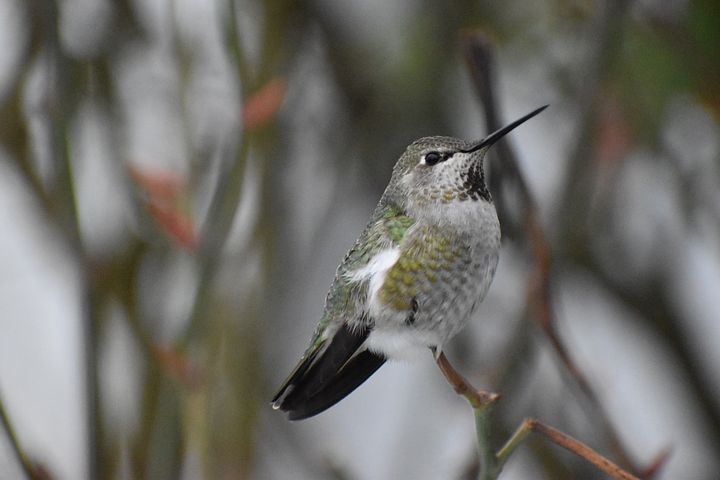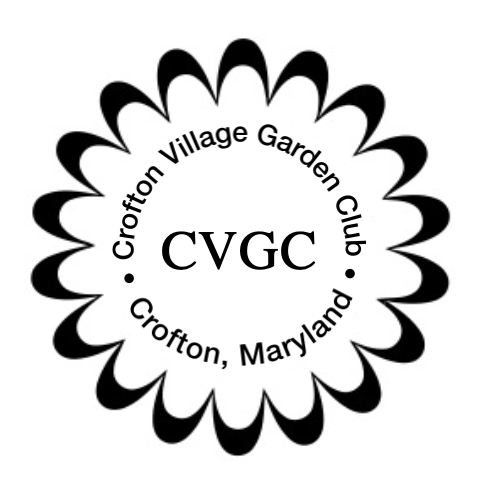|
Claudia West, Birds & Butterflies Committee Chair, gave an informative talk at our February meeting, The Mightiest Midgets – Hummingbirds. A few hummingbird facts are listed below.
For additional information on hummingbirds that are commonly seen in our backyards, click the button below.
Comments are closed.
|
CATEGORIES
All
|
Photos from Landscape Design Advisor, Sharon Mollerus, Puddin Tain, Donnaphoto

